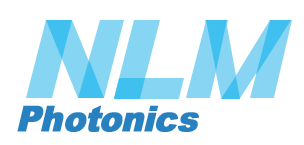Our hybrid electro-optic (EO) technology combines high-performance organic materials with semiconductor photonics platforms. A relative of polymer EO technology, NLM hybrid EO technology involves materials and nanophotonic modulator architectures engineered for each other; our materials are designed to pack the highest performance in the smallest space, and devices are built to maximize the extraordinary EO response of the materials.
Best represented by the groundbreaking HLD material, our patented crosslinkable organic glass technology enables standard solution processing techniques and high thermal and photochemical stability for withstanding the demanding conditions in data centers, vehicles, and cryogenic systems. Our veteran team was trained as part of a 25-year development effort at the University of Washington. We continue to innovate with new materials, processes, and device architectures. Check out our scientific research publications for appearances in peer-reviewed journals and other publications.
Advantages of NLM Hybrid Organic EO Technology
SUPERIOR ORGANIC MATERIALS
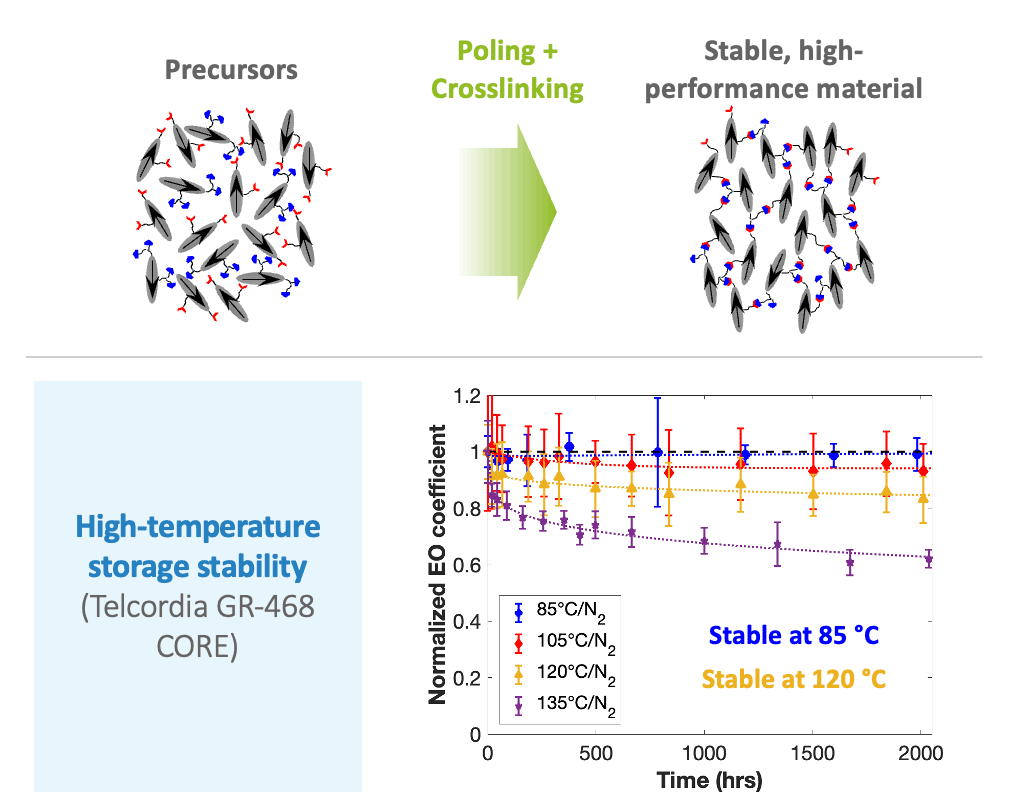
- Solution-processible precursors enable low-cost deposition
- In situ crosslinking during processing to form a thermally stable, durable thermoset plastic
- Approach allows higher electro-optic performance AND stability than polymer EO technology
- Record EO coefficient of 1100 pm/V, over 35x that of lithium niobate; 200-600 pm/V currently practical (6-21x)
- 2x-5x the performance of guest-host or sidechain EO polymers
- Projected t80 of > 11 years at 120°C (after initial burn-in)
- Device operation has been demonstrated in excess of 120°C
- Future poling-free approaches enable VLSI and further performance and stability enhancements
Data from S. R. Hammond et al, Proc. SPIE 2022, doi: 10.1117/12.2622099
Working with Us
Partner with Us
Need more efficient EO conversion technology? Whether you’re a fab developing the next iteration of your PDK to meet your customers’ demands or a component vendor or PIC designer needing greater modulation efficiency, we can help. Contact us.
We present work with the following fabs and photonics partners and are open to participation in both direct contracts and participation in US or EU-government funded projects.
Current and recent R&D partners



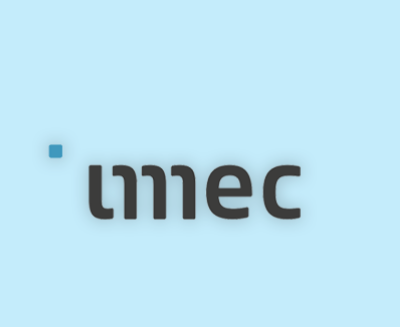
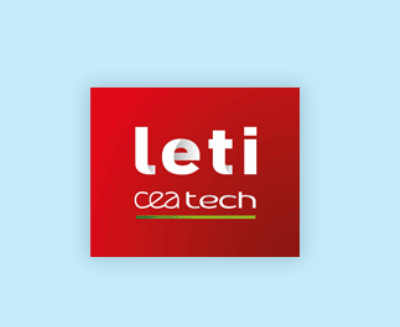
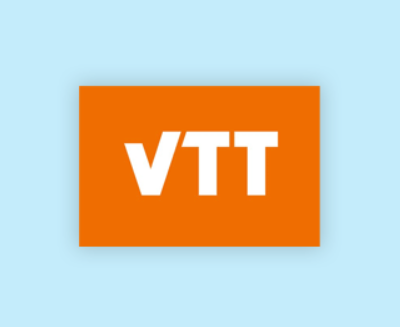
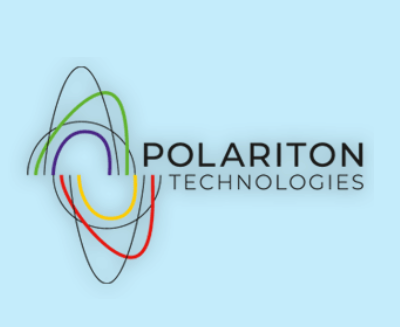
For Researchers
Developing new EO/Pockels effect devices? We work with over a dozen universities and other research institutions worldwide and provide the workhorse high-performance OEO material JRD1 — already used in dozens of peer-reviewed publications — to research customers.
Our team also provides expert technical support for your project. Materials are provided under a lightweight MTA. For new customers, the purchase of a standard support agreement is required. We want to help you succeed!
We offer discounted prices for academic and non-profit institutions. Contact us for a quote.
Universities and academic institutions we have active projects or had previous projects with:







Appearance in our research universities and academic institutions list does not imply an endorsement from that institution.
